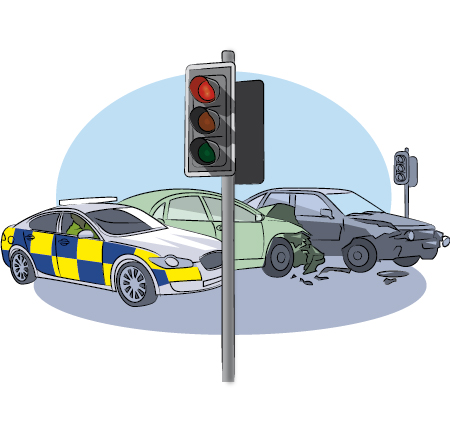1.2 Law as a system of rules
All rules are made for a reason. They are designed to ensure that their target audience acts, or refrains from acting, in a certain way. That audience could be sovereign states (bound by international treaties to which they are signatories), members of the general public (bound by Acts of Parliament, local by-laws, etc.), children at school (bound by rules of attendance and discipline), players of a sport (bound by the rules of that sport’s governing body), participants in a court trial (bound by the rules of evidence and procedure), or a set of friends (bound by the social rules of their group). You can probably think of many other examples.
All of these examples of rules share some common features as they:
- generally relate to a form of conduct and provide guidance about that conduct
- prescribe what a person must/must not do, may/may not do, can/cannot do
- guide and serve as standards of the behaviour expected in certain situations
- can be used to justify a decision or action and it is generally possible to go to a text (such as an Act of Parliament, a contract, rules of a sport, the written decision of a court, or the holy book of a particular religion) which specifies what the rule is.
In addition:
- the authority of a rule is generally accepted and observed by those to whom it applies
- formal sanctions, such as punishment, exclusion or the payment of compensation, may be applied if the rule is broken.
Rules become legal rules or ‘law’ when they carry the authority of the state behind them. Think about the following rules:
- A school may have a rule about not running in the corridor. This is a rule exercised by the school to ensure that students and teachers can move safely around the school.
- A driver on the public road must obey the rule about stopping at a red traffic light. The absence of such a rule would lead to chaos on the roads and would be dangerous.


The difference between the first rule about not running in the corridor and the second rule about the red traffic light is that this rule is a law that was made by Parliament (with the authority of the state) and is enforced by the courts of law. If a driver breaks the law by driving through a red traffic light they may find themselves being punished by a court of law (Section 36 Road Traffice Act 1988).
Laws are a distinct type of rule which constitutes an official code that has the backing of the state.
